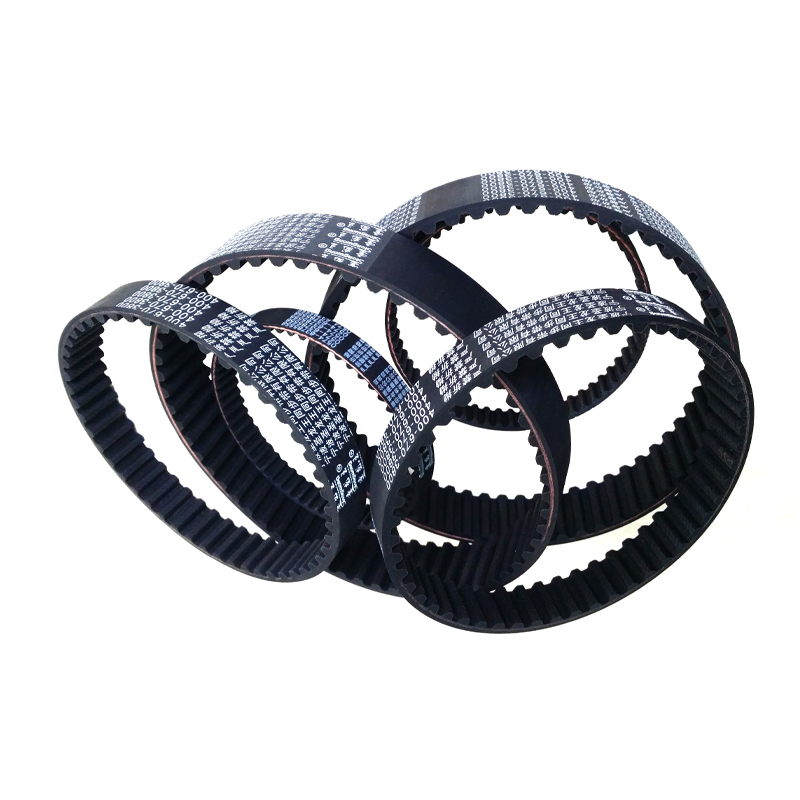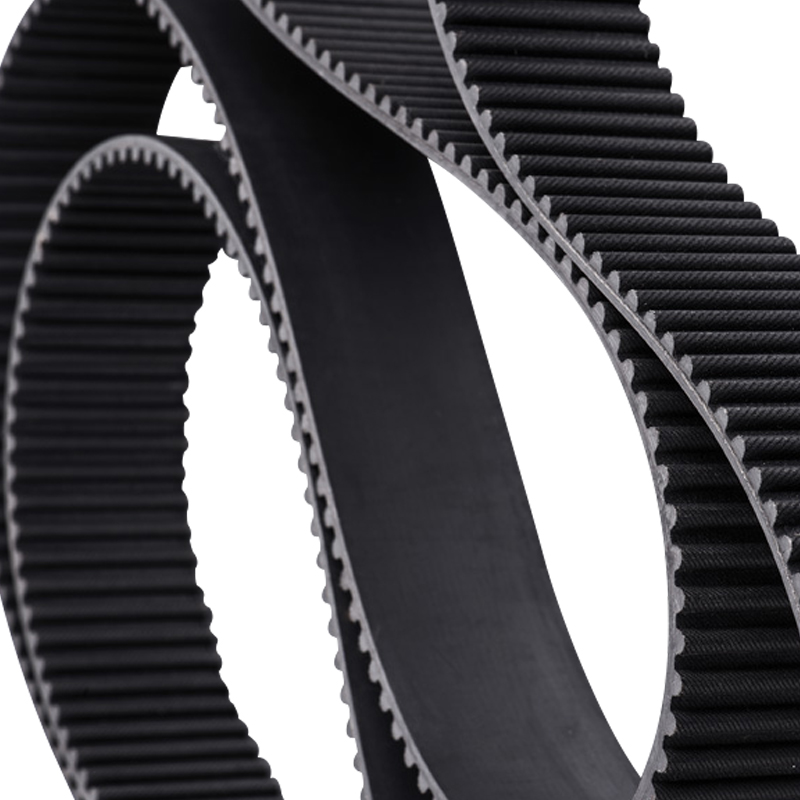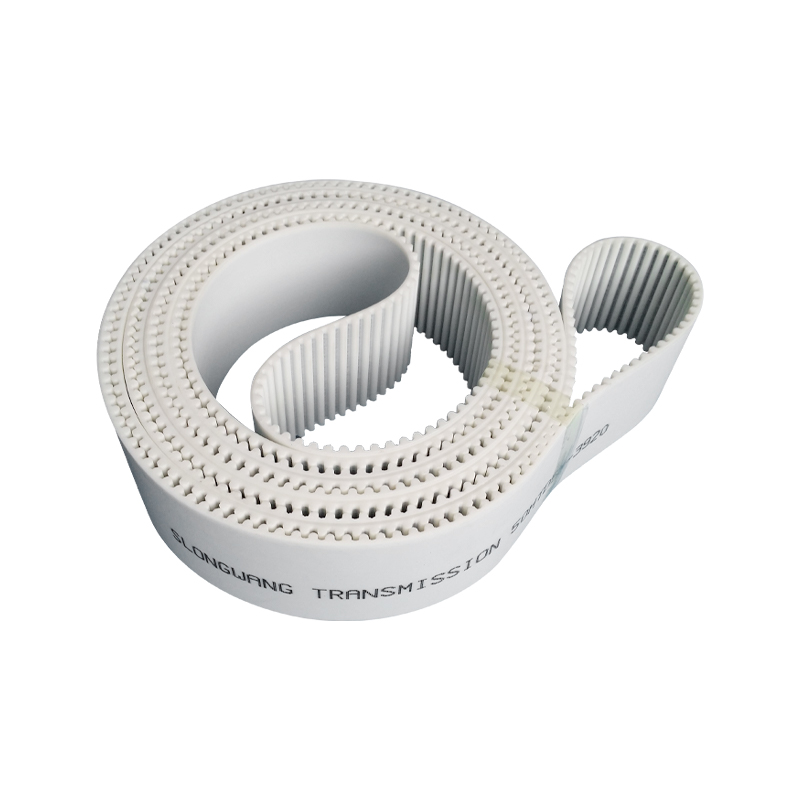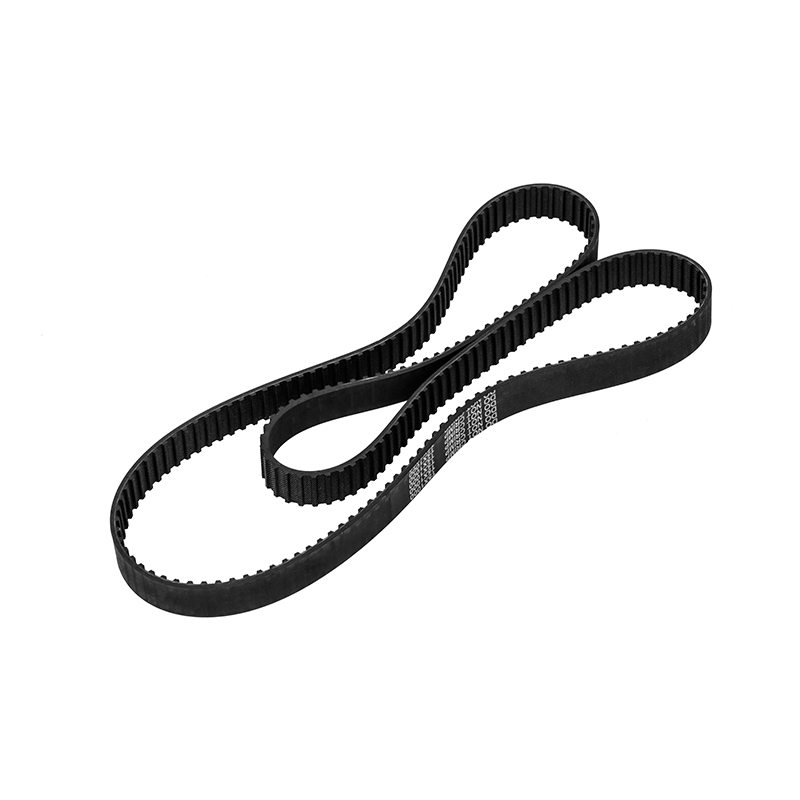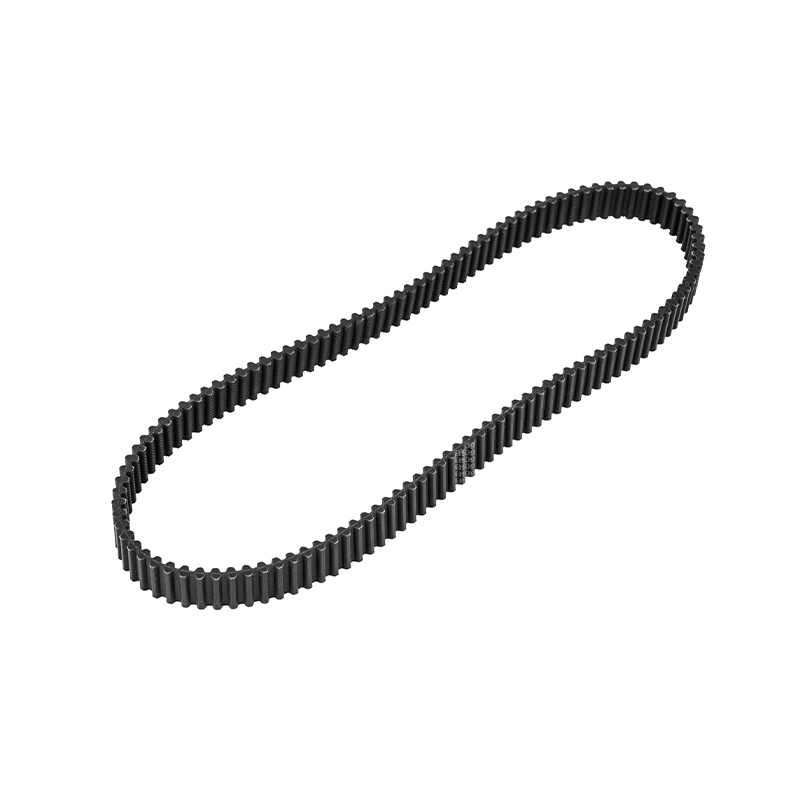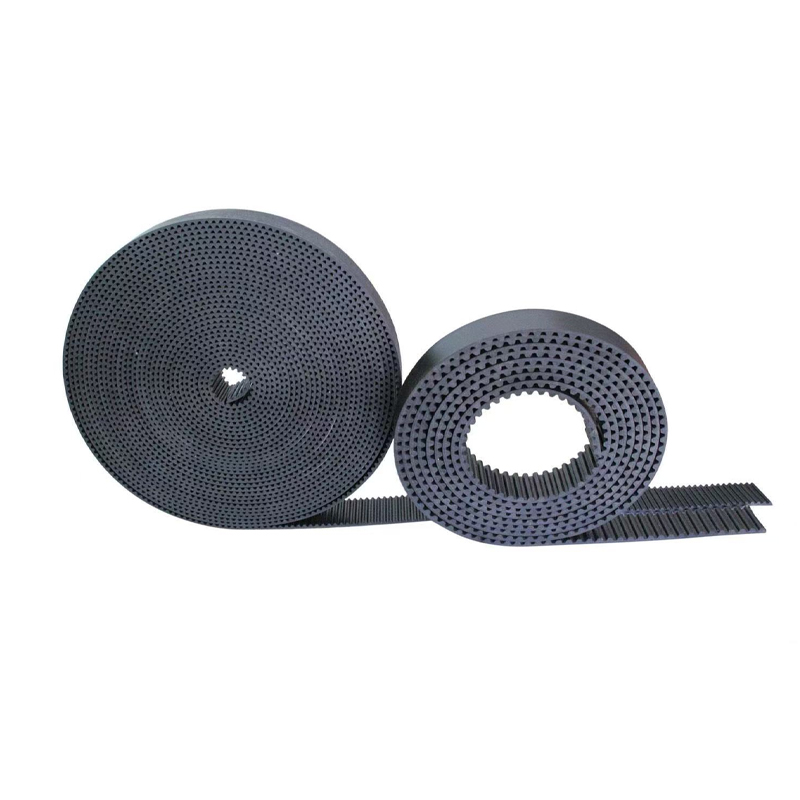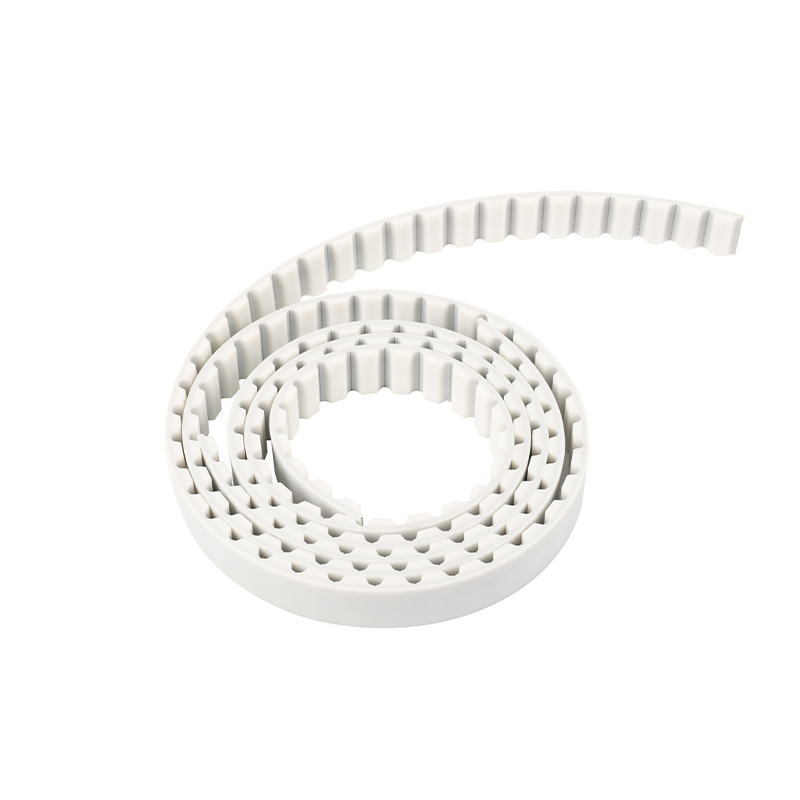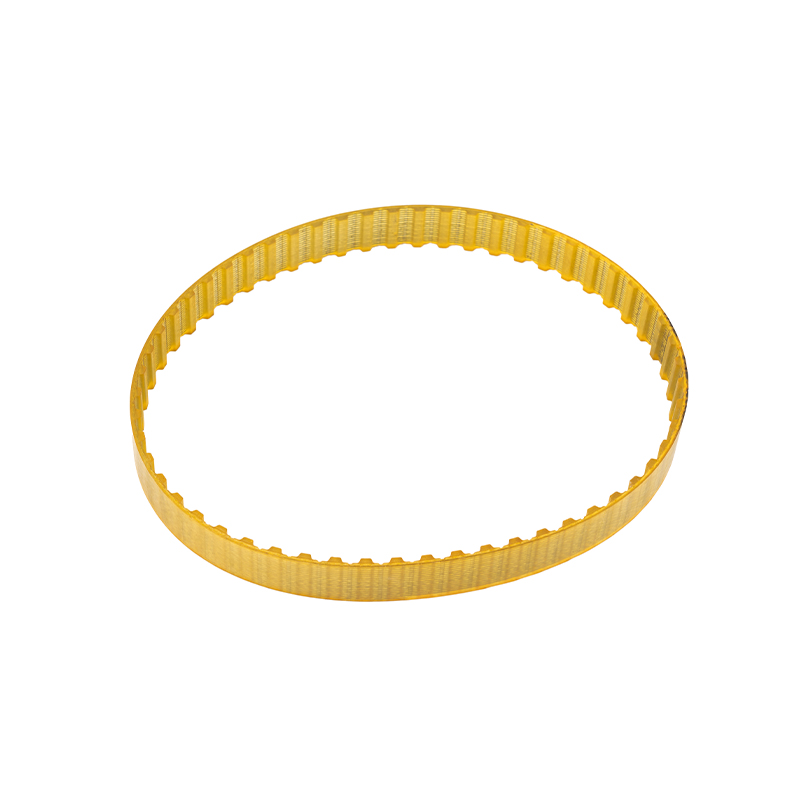How does the Rubber Timing Belt handle high torque applications, and what are its limitations in terms of load-bearing capacity?
2025-04-30
Rubber Timing Belts are typically used in applications that require moderate to high torque transmission. These include automotive engines, industrial machines, and other systems requiring precise synchronization of rotational motion. While they are effective in handling moderate torque loads, they are not as capable as steel or chain-based systems for handling extremely high torque levels. In cases where torque demand exceeds the belt's specifications, slippage and premature wear can occur. Rubber Timing Belts are designed for torque loads up to 5,000 to 10,000 Nm, though this can vary depending on factors such as belt width, tooth design, and material reinforcement.
The Rubber Timing Belt's load-bearing capacity is intrinsically linked to its design and material properties. A belt’s width and the number of teeth can significantly influence its strength and ability to carry load. For instance, wider belts with more teeth will distribute the load more evenly, enhancing performance in high-torque applications. However, despite these design features, rubber, being more flexible than metals like steel, has an inherent limit to the amount of force it can withstand before it begins to experience deformation. If subjected to loads exceeding its design specifications, the belt may slip, which results in loss of synchronization, or it may fail entirely, causing damage to the entire system.
Rubber Timing Belts often feature reinforcement materials such as fiberglass, Kevlar, or steel cords, which serve to enhance their tensile strength and resistance to stretching. These reinforcements are crucial in extending the belt’s capacity to handle higher torque levels by preventing excessive elongation and providing greater dimensional stability. Kevlar, for instance, offers high tensile strength and is commonly used in belts designed for industrial machinery. However, despite these reinforcements, Rubber Timing Belts are still more elastic than metal chains or gears, meaning that over time, especially under heavy loads, they may experience gradual elongation or stretching, leading to tooth misalignment or a reduction in system efficiency.
One of the primary characteristics of rubber is its elasticity, which allows the Rubber Timing Belt to absorb shock loads and fluctuations in torque. This feature can be advantageous in systems that experience variable loads or intermittent high-torque spikes. However, the elasticity that helps with shock absorption also means that the belt can stretch over time. Excessive stretching may cause the belt to lose its precision, leading to misalignment, reduced power transmission efficiency, and even failure to maintain proper timing between the driving and driven pulleys. For high-torque applications, this stretching behavior can be detrimental, especially in applications requiring tight tolerances and precise synchronization.
Rubber Timing Belts operate best within a specific temperature range, between -30°C and 100°C. In high-torque applications, where frictional heat can build up, the material may experience accelerated degradation, reducing the belt's load-bearing capacity. This is particularly true when the system operates in high-temperature environments or in settings with high ambient temperatures, which can cause the rubber to harden, crack, or lose flexibility. Exposure to high heat can degrade the bonding agents used in the belt’s reinforcement, further weakening its structure. To mitigate these issues, manufacturers offer belts with advanced rubber compounds that are specifically designed for high-temperature resistance, ensuring optimal performance under demanding conditions.


 English
English 中文简体
中文简体